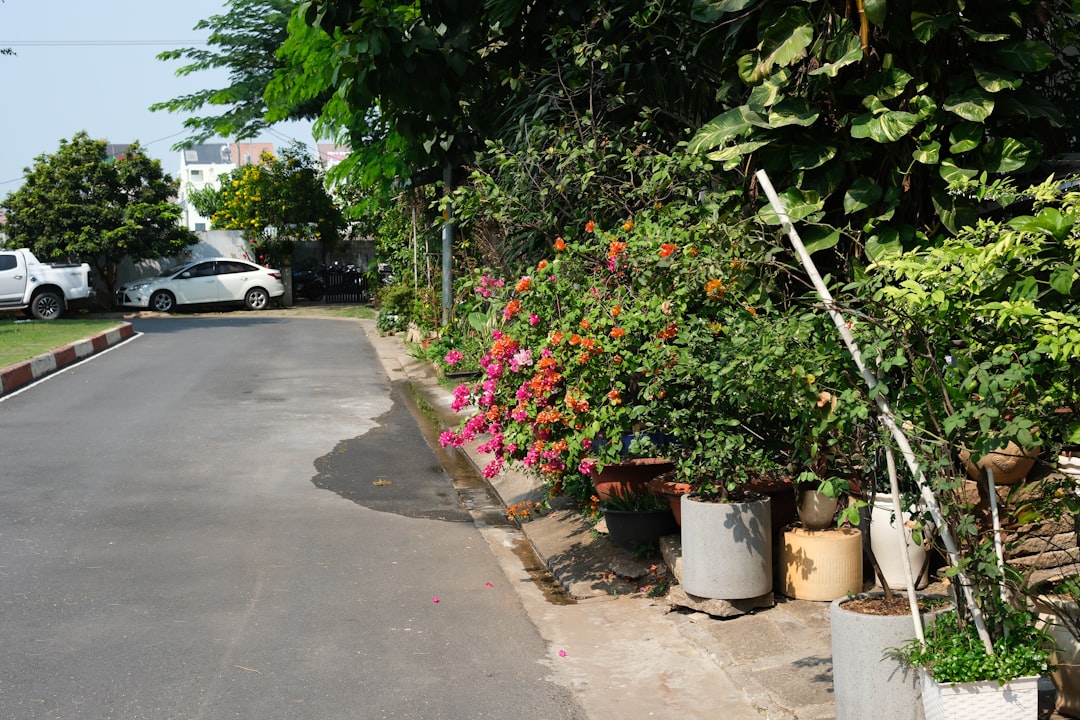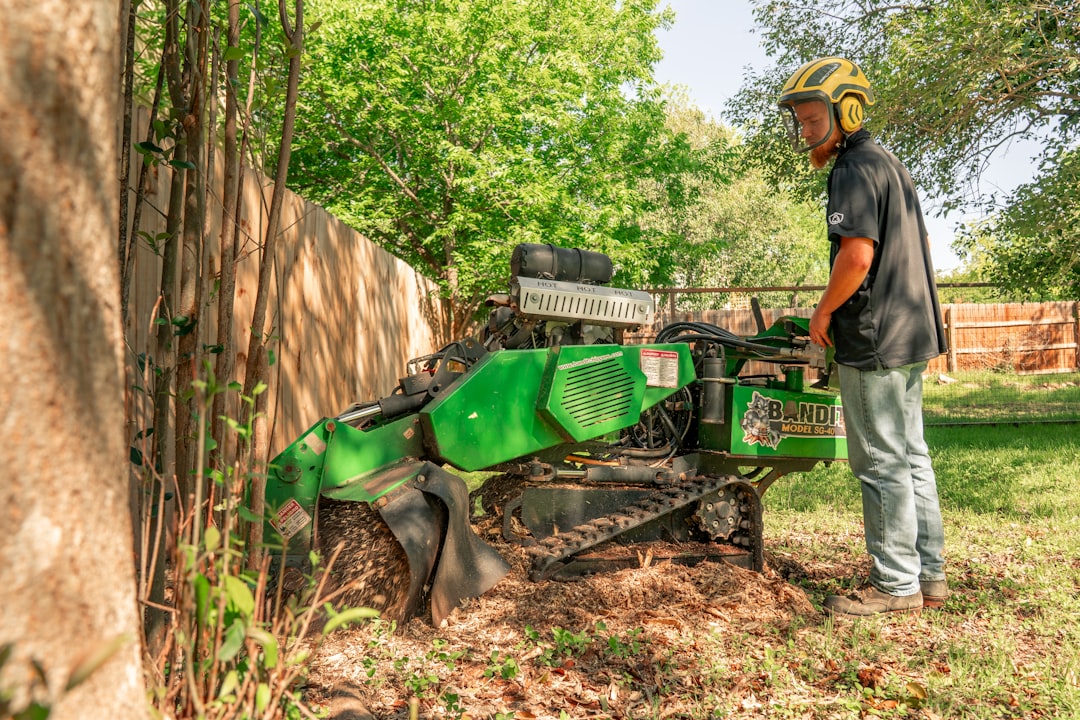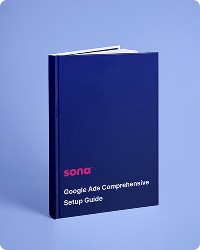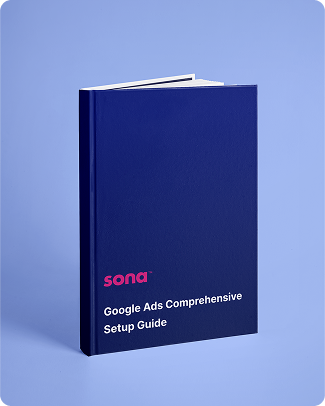

Engage prospects with a scan and streamline customer engagement with FREE QR code marketing tools by Sona – no strings attached!
Create a Free QR CodeFree consultation

No commitment

Engage prospects with a scan and streamline customer engagement with FREE QR code marketing tools by Sona – no strings attached!
Create a Free QR CodeFree consultation

No commitment
In today’s digitally driven world, QR codes have evolved from a novelty to a strategic powerhouse that connects real-world attention with instant online action. For shrub removal and trimming services, QR codes offer a fast, accessible way to simplify customer interactions, accelerate quote requests, and improve marketing attribution without forcing customers to download an app or type a lengthy URL. One scan can route a homeowner to a booking calendar, a seasonal promotion, or a safety and credentials page that builds trust on the spot.
Shrub care is defined by efficiency, safety, and expertise. Yet interest often goes uncaptured because leads encounter your yard sign, garden center flyer, or worksite banner when they are distracted or on the move. QR codes remove that friction. They make every physical touchpoint scannable, measurable, and actionable, turning anonymous attention into trackable engagement and helping you follow up even when a form is not completed in the moment. This guide shows you how to deploy QR codes across your shrub removal and trimming workflows to close more jobs, keep customers informed, and build a consistent pipeline of high-intent prospects.
By layering QR codes into vehicles, estimates, direct mail, and on-site materials, you can create a continuous loop of engagement that links offline curiosity to digital conversion. Over time, the scan data reveals which neighborhoods respond to certain offers and which services draw more demand during specific seasons. The result is a modern customer journey that reduces missed opportunities and fuels profitable growth for your service area.

QR codes bridge the gap between physical touchpoints and digital outcomes, making it easier to boost bookings, capture reviews, and deliver helpful content to customers at the exact moment they are interested. When a homeowner sees a crew at work or picks up a door hanger, a clear call to action next to a scannable code eliminates friction. They can schedule a trim, request removal pricing, or review your insurance coverage instantly, which increases conversion and builds trust.
Traditional processes slow this down. Printed brochures that lack a clear next step, paper estimate forms that go missing, and voicemail-based scheduling are all common points of failure. By embedding QR codes into these materials, you enable fast mobile actions: one tap to book, one tap to approve an estimate, one tap to leave a five-star review. This reduces drop-off, shortens sales cycles, and makes marketing performance measurable in ways that spreadsheets and manual follow-up never could.
Here is how to execute QR-driven workflows effectively:
When you replace generic flyers and manual call-ins with QR-powered flows, you not only reduce operational friction, you also create a measurable, always-on funnel. Shrub service providers can see which vehicles drive the most scans and which promotions resonate by season. This clarity shortens the path from curiosity to contract and helps owners invest in the marketing that actually performs.

Many shrub removal and trimming providers struggle to connect offline attention with online action. A homeowner notices a truck at a neighbor’s house or pockets a door hanger, yet never follows through because the next step feels inconvenient. Without a way to tie that moment to a measurable interaction, you lose visibility and the potential sale. QR codes create a smooth handoff at the moment of interest. They capture intent, route prospects to the right destination, and add useful data to your marketing stack.
QR codes also let you adjust your messaging and offers as seasons change without reprinting every asset. You can promote spring trimming slots, advertise a fall cleanup package, or update a crew’s certificated credentials and insurance in minutes. Dynamic codes make that flexibility possible, while scan analytics reveal which messages are generating real activity. The end result is a marketing engine that is both agile and accountable.
Appointment cards, door hangers, and mailers that include QR codes are especially effective for home services. A code at a garden center can answer common questions about shrub removal permits or drip line protection. A code on a trailer parked on a busy street can capture spontaneous interest from passersby who would never remember a phone number but will happily scan to book an estimate.
Different QR formats unlock different outcomes. The key is choosing the format that aligns with the action you want a homeowner to take and the environment where the code will be scanned. In shrub services, the most common needs are quick contact capture, booking and quote requests, and reputation building. Each can be facilitated by a specific type of QR code and destination.
Dynamic QR codes are often the best choice because they allow for link updates and detailed analytics. If you need a QR code to point to a permanent asset like a credentials PDF that rarely changes, a static code can work. For seasonal promotions, event sign-ups, or retargeting, dynamic codes are the right fit.
For shrub removal and trimming, web links to booking pages and vCards for contact storage are the most consistently valuable. They support immediate actions like scheduling and effortless follow-up that drives repeat use. With Sona QR, you can create all of these formats in one place and manage destinations centrally so every printed code remains accurate over time.

Growth in shrub services often comes from being visible when a homeowner is motivated and making it easy for them to act. QR codes excel in high-intent moments and locations where a simple, scannable prompt can close the gap between curiosity and conversion. Think of them as tiny digital doorways placed wherever your brand appears in the real world.
Prioritize the placements where your audience already pays attention. Service vehicles, neighborhood yards, and community events all present reliable opportunities. By assigning unique QR codes to each channel, you can measure response by area and asset, then reallocate budget to what converts.
By focusing on these placements and instrumenting them with dynamic QR codes, you turn passive brand visibility into a measurable growth engine. Each scan becomes a data point that guides better decisions about where to advertise and what to offer next.

QR codes do not just link to websites. They operationalize very specific steps in the customer journey that are typically slow or fragile. The following use cases map to real interactions your teams already have with homeowners and create immediate improvements in speed, trust, and conversion.
Start with one or two use cases that address obvious bottlenecks in your process. Once you see results, expand across the job lifecycle so every touchpoint, from the first impression to follow-up, can be tracked and optimized.
These use cases deliver measurable outcomes. Onsite quote requests can reduce time-to-appointment by hours or even days. Post-service QR reviews increase review volume and rating quality since customers respond when the positive experience is fresh. Compliance QR links reduce decision delays and objections by making proof of coverage effortless to verify.
Every QR code scan captures valuable intent: what someone wants, where they engaged, and when they are active. With the right structure, you can transform those signals into segmented audiences for retargeting and follow-up. This prevents the common scenario where anonymous interest never progresses because no one knows to re-engage the prospect.
Use unique QR codes for each placement and purpose, then feed the scan data to your CRM and ad platforms. A platform like Sona QR makes this straightforward by tagging each scan with campaign, channel, and location, then syncing it to tools like HubSpot, Salesforce, and Meta Ads. That way, a scan at a Saturday garden expo can trigger an event-specific email, while a scan on a worksite sign can trigger a same-day SMS to book a visit.
This approach helps you prioritize high-fit prospects and send helpful, relevant content instead of generic blasts. Over time, audience quality improves, cost per booked appointment falls, and cross-sell opportunities emerge based on how people engage with your QR-enabled content.
QR codes turn disconnected materials into a connected, measurable system. By linking print, field, and digital channels with scannable entry points, you create a consistent experience that meets customers where they are and moves them toward a booking with minimal friction. Just as important, you collect data about which channels and messages actually work.
A well-integrated QR strategy also improves team alignment. Field crews, office staff, and marketing can all reference the same scan dashboards, learn which placements perform, and fine-tune messaging and follow-up. This keeps every team focused on the same goals and customer outcomes.
By managing all these codes in a centralized platform like Sona QR, you can unify performance tracking across channels, ensure that destinations remain accurate, and feed scan data into your CRM. The outcome is a seamless, data-rich marketing engine that ties every offline impression to an online result.
A strong QR program does not require a massive overhaul. It requires focus. Pick one business outcome, one or two high-visibility placements, and one conversion path, then iterate based on what the data shows. As your team gains confidence, expand into more use cases across the job lifecycle.
This checklist provides a clear framework for planning, deploying, and optimizing your first or next QR campaign. Follow the steps in order and lean on dynamic codes so you can refine the destination, creative, and calls to action without reprinting.
Start by anchoring the campaign to a specific outcome and context. For example, aim to increase quote requests from neighborhood door hangers in the spring or to drive more post-service reviews in the fall when removal jobs peak. The more specific the use case, the easier it is to measure impact.
Your choice of static or dynamic depends on flexibility needs. Static codes are fine for unchanging assets like a permanent credentials PDF. Dynamic codes are ideal for campaigns that need tracking, retargeting, or frequent updates.
Design determines scannability and engagement. A well-designed code draws the eye, communicates value, and works in real conditions. Field-proofing is essential when codes will live outdoors or on moving vehicles.
Roll out the code where it can do the most good, then expand. Monitor performance closely in the first two weeks to confirm that scan rates and conversions meet expectations.
Tracking is where QR codes truly outperform traditional print. With the right analytics and workflows, you can connect scans to revenue and continuously refine targeting, creative, and offers.

Attribution is the Achilles heel of many field-heavy businesses. It is easy to spend on door hangers, yard signs, and vehicle wraps, then guess what worked. QR codes change that dynamic because every scan becomes a measurable event that can be tied to downstream outcomes like estimates, bookings, and payments.
To make the most of this capability, connect your QR platform to your CRM and reporting tools. Sona QR provides a centralized dashboard for scan activity and integrates with systems such as HubSpot and Salesforce. Sona extends that visibility into multi-touch attribution and identity resolution, so you can link previously anonymous scans to known contacts and revenue.
This level of visibility turns print and field marketing from guesswork into performance channels. You can finally answer which materials lead to booked work, what messages resonate by season, and how to improve both conversion and lifetime value.
Once your first QR codes are in the field, the next step is to systematize what works and scale it without losing measurement or message clarity. Focus on a few core practices that keep campaigns aligned with the buyer journey and ensure that every scan results in meaningful next steps.
Education also matters. Train crews and office staff to point out QR codes and to explain what happens after a scan. Customers are far more likely to use a code when they know it will save them time or unlock a specific benefit like a fast estimate or same-day appointment.
Creative deployments can also open new engagement paths. For example, include a QR code on a rain delay door tag that lets customers rebook instantly, or add a QR code to HOA compliance packets that links to a shared folder with insurance and permit details. Each scan is an opportunity to remove friction and keep the relationship moving forward. For more ideas, see community marketing tips.
Shrub removal and trimming companies increasingly compete on responsiveness, credibility, and convenience. QR codes help on all three fronts by turning every physical surface into an onramp for digital action and every moment of interest into a measurable step toward booking. They make it easy to capture demand at the source, keep information current, and collect the data you need to improve targeting and spend.
The most successful implementations start small and focused. Attach a clear, benefit-driven call to action to a dynamic QR code, place it where motivated homeowners will see it, and connect it to a landing page that asks for the least possible effort. Then measure performance and iterate. Over time, expand QR usage across vehicles, signs, estimates, and post-service materials so the entire customer journey is connected and trackable.
With Sona QR, you can generate dynamic codes, update destinations without reprinting, monitor performance across channels, and sync scan activity into your CRM. When every scan becomes a signal you can act on, you convert more interest into appointments, shorten sales cycles, and build a stronger, more predictable pipeline for your shrub removal and trimming services. Start creating QR codes for free.
QR codes have transformed shrub removal and trimming services from traditional, manual processes into streamlined, customer-centric experiences. Whether it’s simplifying booking, providing instant access to service details, or enabling real-time communication, QR codes empower providers to enhance customer satisfaction and operational efficiency. Imagine clients effortlessly scheduling appointments or accessing care tips with a simple scan—boosting loyalty and repeat business like never before.
With Sona QR, you can create dynamic, trackable QR codes tailored to your shrub removal and trimming services in seconds. Update your campaigns instantly without reprinting, track every scan, and connect engagement directly to bookings and revenue growth. No more missed leads or cumbersome paperwork—just smarter, more profitable service delivery.
Start for free with Sona QR today and turn every scan into a seamless customer interaction, a confirmed appointment, or a flourishing referral.
Choose a service that demonstrates efficiency, safety, and expertise, provides up-to-date insurance and licensing information, and uses clear communication channels such as QR codes for fast booking and transparent estimates.
Costs vary by service and season, but using QR codes linked to pricing calculators and instant estimate requests can help homeowners quickly access accurate, location-specific cost information.
Regular care guided by best practices, accessible through QR codes linking to shrub care tips and seasonal maintenance guides, can help homeowners prevent overgrowth and costly removals.
QR codes simplify customer interactions by enabling instant bookings, accelerating quote requests, improving marketing attribution, updating seasonal offers dynamically, and capturing valuable scan data to optimize campaigns and customer follow-up.
The latest techniques involve integrating QR codes across physical marketing materials and workflows to create measurable, digital engagement paths that reduce operational friction and speed up the booking and approval process.
Use Sona QR's trackable codes to improve customer acquisition and engagement today.
Create Your FREE Trackable QR Code in SecondsJoin results-focused teams combining Sona Platform automation with advanced Google Ads strategies to scale lead generation

Connect your existing CRM

Free Account Enrichment

No setup fees
No commitment required

Free consultation

Get a custom Google Ads roadmap for your business






Launch campaigns that generate qualified leads in 30 days or less.
